On May 14, 1955, the Republics of the Soviet Union formed the Warsaw Pact. In addition to this state, Czechoslovakia, Bulgaria, Hungary, Poland, East Germany and Albania (withdrew in 1968) became members of the organization. With the help of the Russian rulers, the Warsaw Pact was established to defend Eastern European countries against a NATO attack.
The establishment agreement of this pact stipulated the establishment of a unified military command among the members and the establishment of Soviet Army units in the territories of Eastern European countries.
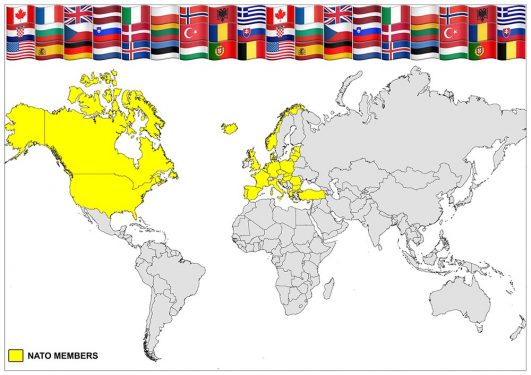
See More: Nato Members Map
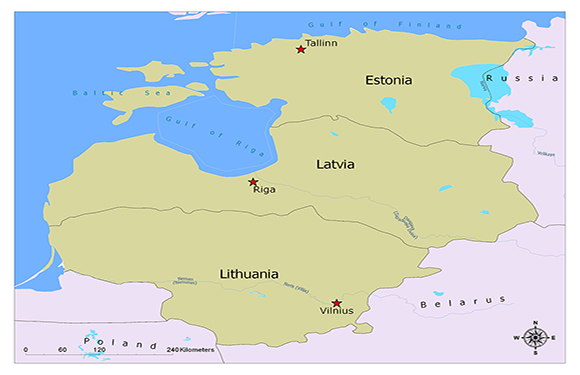
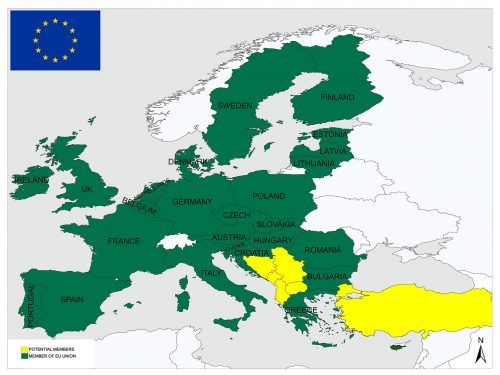
Warsaw Pact
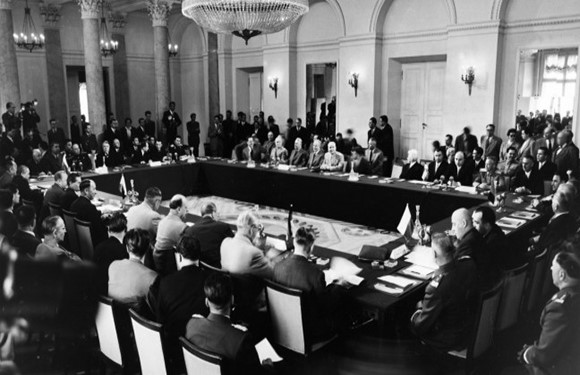
The Warsaw Pact or the Warsaw Treaty is an agreement between 14 May 1955 and 1991, which led to the defense of the Eastern Bloc countries under the leadership of the USSR. On the 14th of May 1955, the states known as Demirperde made a two-year agreement. In Warsaw, Albania, the Democratic Republic of Germany, Bulgaria, Hungary, Poland, Romania, Czechoslovakia, and Russia convened to sign a contract. The purpose of the pact; if an allay is attacked, the other members shall make every necessary assistance, including the use of military force. Albania left the Pact in 1968. The Treaty was terminated in 1975 and was extended for 10 years and in 1985 it was extended for another 20 years.
The military structure was terminated on 31 March 1991 and the Warsaw Agreement was terminated on 1 June 1991.
Member countries of the Warsaw Pact; Albania (left in 1968), Bulgaria, East Germany (left after the Unification of Germany, 1990), Poland, Romania, Hungary, Czechoslovakia, and the USSR.
Warsaw Pact and the Soviet Union
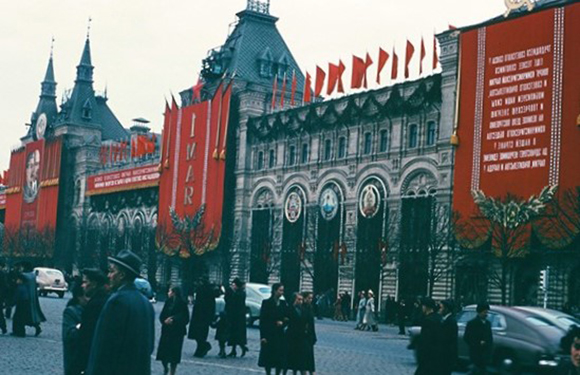
Russia, during the Second World War, to be defeated by Germany, has received broad aid and tolerance from its allies. According to estimations Russia, which gave big losses, was not going to think of world domination but would heal itself. The Russians, who have never given up their desire to establish world domination, made their intentions at the Potsdam Conference on July 17, 1945, even if they had allied their allies in Tehran and Yalta Conferences. Thus, in their relations with the West, deep differences of opinion and understanding emerged.
The consecutive establishment of communist administrations in Romania, Czechoslovakia, Bulgaria, Hungary and East Germany was the exercise of Russia’s ideas. These states signed a separate non-aggression pact. Following the signing of the 1949 North Atlantic Pact by the Western States, Russia entered preparations for the establishment of a joint army with pro-state states. In the years 1951-1952, the pro-Eastern states of Eastern Anatolia entered the Russian army. These studies continued.
the integrity of Eastern European countries…
Russia entered the NATO Pact in 1955, saying that they had to protect the integrity of Eastern European countries. This pact established for military purposes was entirely in Russia. Peyk states were forced to participate in this treaty. The events in Hungary and Czechoslovakia, their bloody repression were the consequences of this oppression.
The largest organ of the pact was the political advisory committee. The committee consisted of the secretaries of the Communist Party of the member states, Heads of Government, Foreign Affairs and Defense Ministers. This committee was in Moscow. The armed forces of the pact in the case of any war with the West were under the control of the Soviet Supreme Command. In terms of power balance, the number of troops of the Warsaw Pact was one million more than NATO. Founded in 1955, the Warsaw Pact officially ended in history on 1.7.1991.
Related Post: International Recognition of Kosovo
Warsaw Pact and Nato
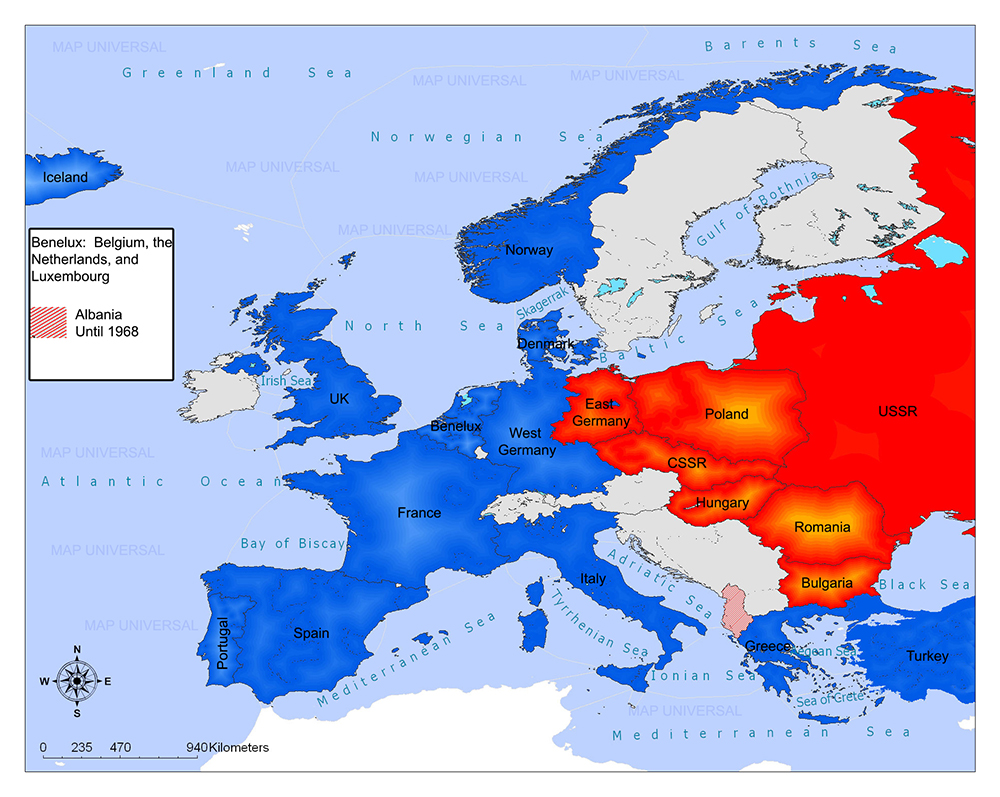
Warsaw Pact MapA few days after the Federal Republic of Germany became a member of NATO, the heads of governments of Central and Eastern European countries, Poland, the Soviet Union, Czechoslovakia, Hungary, the Democratic Republic of Germany, Romania and Albania signed the Warsaw Pact. The Soviet Union always dominated the Atlantic Treaty Alliance the Warsaw Pact established against NATO.
Members of the Warsaw Pact mutually voiced hope for peacekeeping, and promised military assistance in one or more of the members in the event of an attack or occupation, as in NATO. In addition, a common command would have to guarantee the existence of the union.
Related: What is the Capital of Belgium?
But the truth seemed different from these wishes. The Warsaw Pact would lay the foundations of the Cold War and lead to the start of the long-term arms race between East and West. At the same time, the Soviet Union would strengthen its sovereignty in Central and Eastern Europe. Also, thousands of Soviet troops would be in the countries that signed the pact. Furthermore, even the Soviet troops would enter these countries without occupation, as was the case in Hungary and Czechoslovakia.
The ratio of weapons to NATO was as follows before the Warsaw Pact broke up.
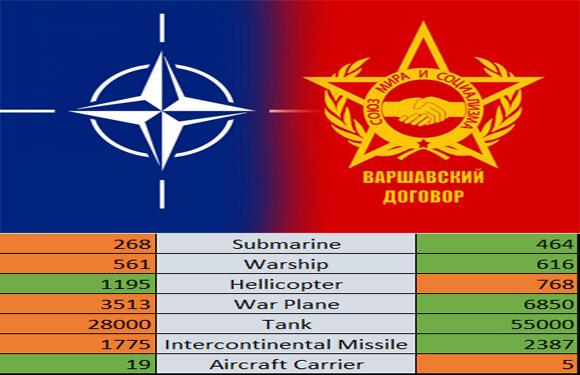
First Crisis of Warsaw Pact
Paktu experienced his first crisis in 1956. The Hungarian people wanted to end Stalinism in their countries and wanted democratization. Therefore they began to perform and showed the true face of the unity. Prime Minister Imre Nagy of the period, announced the entrance of Soviet troops to the nation with the words: ‘Prime Minister Imre Nagy speaks. Soviet troops have been attacking our capital since twilight. Our troops are at war and our government is in place. I announce this situation to the world public in our country ‘.
A short time ago, Hungary announced its withdrawal from the Warsaw Pact. After several weeks of demonstrations, the government declared its acceptance of the multi-party system, democracy and freedom of thought. When the Soviet tanks entered Budapest at the beginning of November 1956 and repressed the rebellion two days later, 3 thousand people died.
There was a similar experience in Czechoslovakia. During January and August 1968, the reformist communists under the leadership of Alexander Dubcek advocated democratization and liberal reforms in the country. The reform movements, however, ended with 7,000 tanks moving to Prague and repressing reform movements.
Expiration of the Warsaw Treaty
They underlined the fact that the Stalinist administration was tough and the Soviet Union was dominating. As a result of the reforms in the Soviet Union, they began to question the existence of the Warsaw Pact.
The Democratic Republic of Germany left the Warsaw Pact in October 1990. (with its inclusion in the Federal Republic of Germany) The remaining members of the Warsaw Pact ended March 31, 1991, the military structure. They decided to end the pact on 1 July 1991. The former members of the Warsaw Pact – except Russia – were then NATO members. In 1999 Poland, the Czech Republic, and Hungary, and in 2004 Romania, Bulgaria, Slovakia, Slovenia, and the Baltic countries joined to NATO.